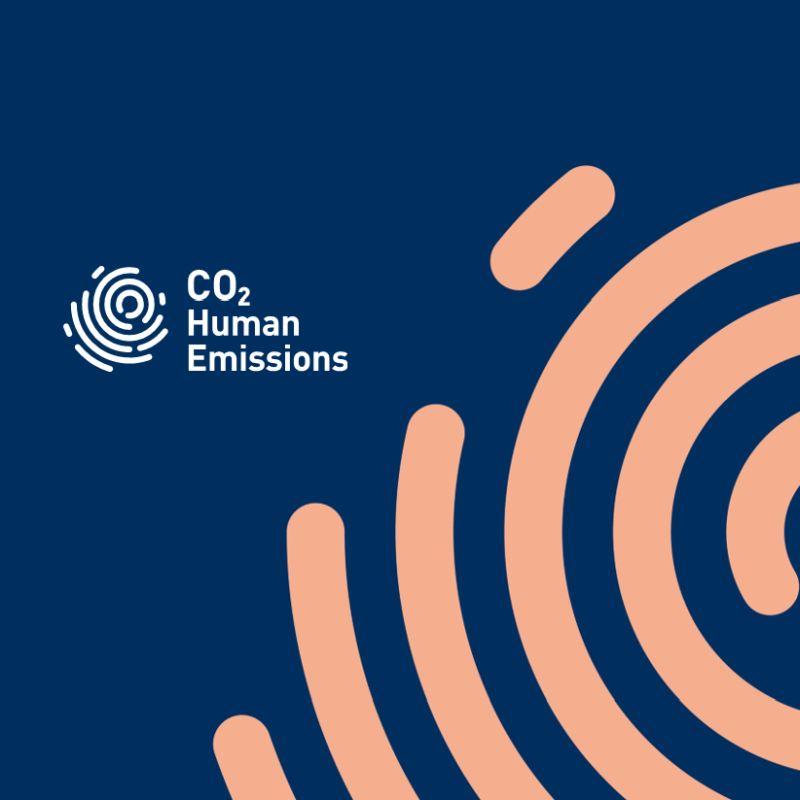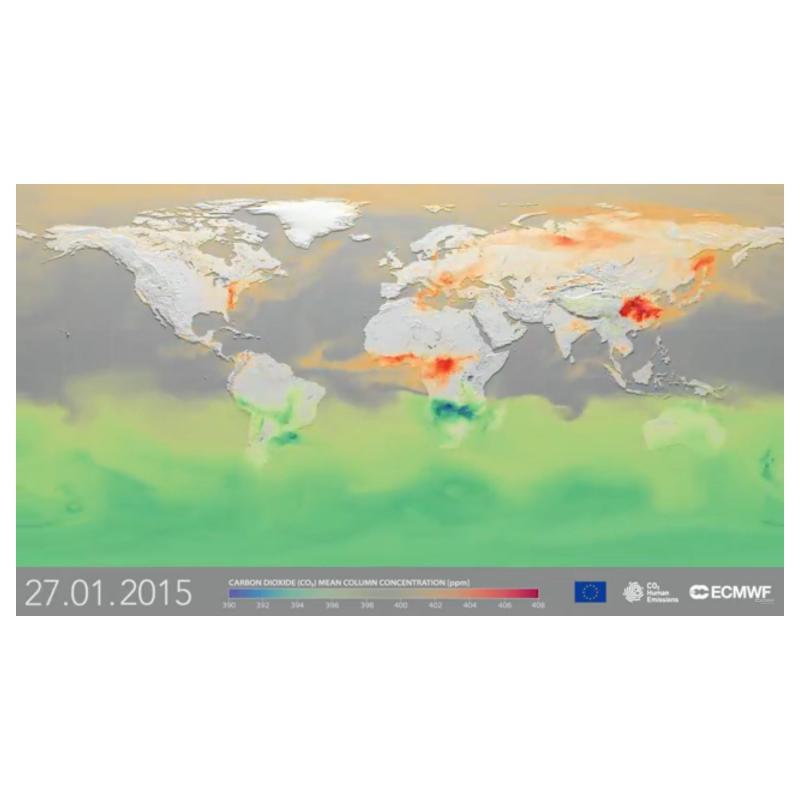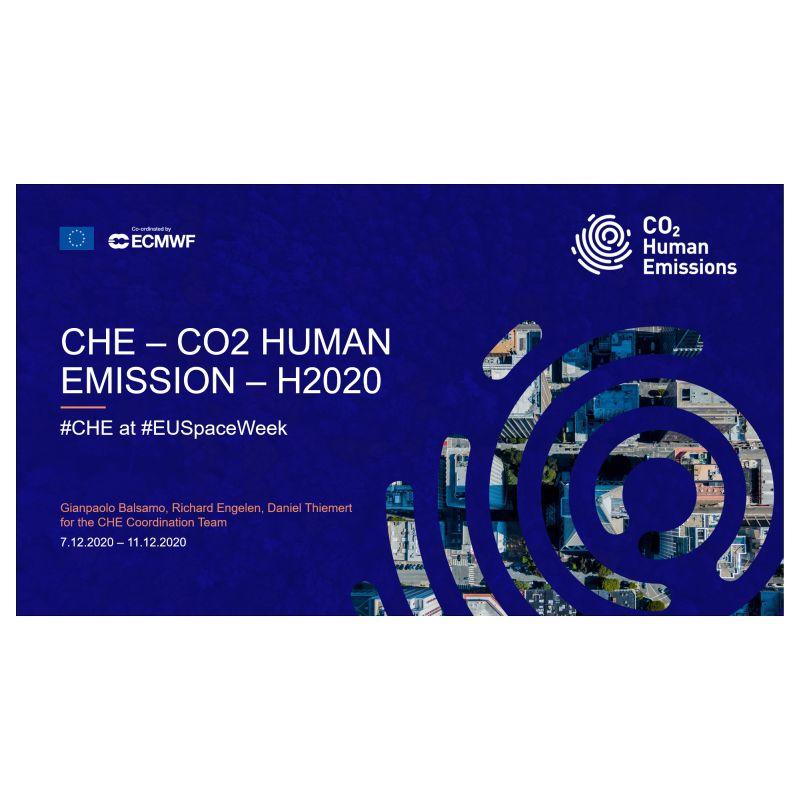On the first day, two sessions were dedicated to reporting the major achievements of the VERIFY and CHE projects in the past year. The CHE workpackage leaders highlighted the modelling, data assimilation and uncertainty characterisation with several activities devoted to the verification of global and regional inversions and direct simulations.
On the global ensemble-based CO2 simulations, two recent publications describe the global modelling and mapping efforts (McNorton et al. 2020 and Choulga et al. 2020). Regional simulations have clearly advanced the understanding of the modelling aspects and challenges using high spatial resolution (Brunner et al. 2019 and Super et al. 2020).
On the second day, progress for the greenhouse gas emissions synthesis for CO2, CH4, and N2O was presented. These syntheses are the key outputs of the VERIFY project, for which two other recent publications describe the work (Petrescu et al. 2020 and Andrew 2020). The afternoon session was dedicated to examine the impact of COVID-19 on greenhouse gas emissions and atmospheric concentrations. During the COVID-19 lockdown, both CHE and VERIFY have responded rapidly to assess this impact documenting a rapid reduction of emissions associated to reduced transport and diminished industrial/power generation activities (see CO2 reductions during COVID-19). New datasets have been produced to monitor the daily variations of fossil fuel using proxy activity data that are crucial for rapid updates, such as during the COVID-19 (see Carbon Monitor Dataset). In addition, in situ observing networks monitoring greenhouse gases, such as FLUXNET and ICOS, have shown to play a crucial role for detecting and monitoring the variability of concentrations & fluxes and confirming the anomaly in the first half of 2020.
During the session, the Copernicus Atmosphere Monitoring Service support to COVID-19, was also presented. For instance, NO2, which is a good marker of anthropogenic CO2 emissions, has also shown a consistent reduction (see CAMS support to COVID-19-research)
The Joint General Assembly closed with a look towards the next steps and community efforts, needed for both the modelling & data assimilation aspects, for the different scales involved from local to global. A new H2020 project will be starting in 2021 under the acronym of CoCO2, building a Copernicus CO2 prototype (inline with the roadmap described in Janssen-Maenhout et al. 2020) and it will be continuing the efforts of CHE and VERIFY projects.



